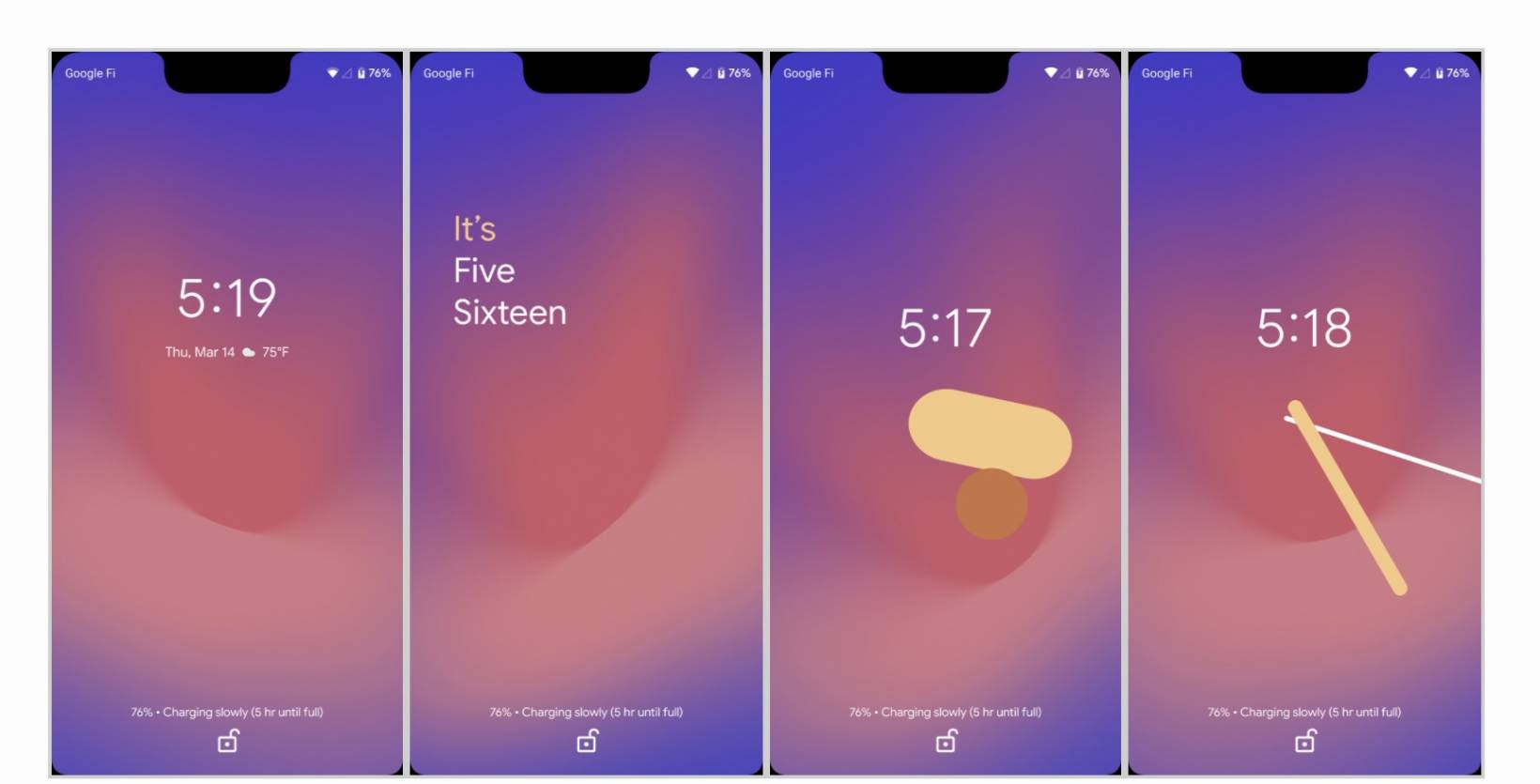T-Mobile comes out on top by spending the least in 5G spectrum auction - Android

Verizon bet big on the C-band spectrum, as it should.
What you need to know
- The FCC announced the winners of the C-band spectrum auction with over $81 billion in bids.
- Verizon bid the most with $45.4 billion for 3,511 licenses, followed by AT&T who bid $23.4 billion for 1,621 licenses.
- T-Mobile bid relatively low, with just $9.3 billion for 142 licenses.
The recent spectrum auction is over, and the FCC just finally announced the winners. This auction was important for carriers in the U.S. who hope to bolster their 5G networks, offering a highly-coveted block of C-band spectrum. This is also known as mid-band spectrum, and it is used to deploy 5G in most parts of the world where the network is available. The U.S., on the other hand, has been largely focused on low and ultra-high band spectrum. Both have their merits but aren't without their drawbacks, which we lay out in our 5G explainer. Mid-band is the sweet spot, and the recent spectrum auction results prove that.
#Cband spectrum results$VZ $45.5 Billion$T $23.4 Billion$TMUS $9.3 Billion$DISH $2.5 million
— Walter Piecyk (@WaltLightShed) February 24, 2021
CableCo $0.0
Verizon spent the most in the auction, bidding more than $45 billion for 3,500 licenses, or nearly twice as much as AT&T. This doesn't come as much of a surprise, as the company has, until recently, put mmWave 5G above everything else. While that offers the fastest available speeds, it's incredibly easy to interfere with and hard to catch. So while Verizon can often claim fast peak speeds, hardly anyone can take advantage of them.
Verizon's 5G network is in a dire situation, but this could help it catch up.
Verizon recently began deploying low-band spectrum as a way to claim nationwide coverage, but much of it is shared with 4G LTE using a technology called DSS. We have a page to explain everything you need to know about 5G on Verizon, but simply put, the carrier needs the mid-band spectrum to stay competitive in the 5G race.
5G on AT&T isn't in quite as desperate a spot as Verizon, as the company spent more than $23 billion for 1,600 licenses. The company deployed both mmWave and low-band spectrum early on to provide coverage where it needs it and also takes advantage of DSS to help carry the weight.
Then there's T-Mobile. The Magenta carrier purchased just over $9 billion for only 142 licenses. Having just absorbed Sprint, T-Mobile is sitting pretty on a goldmine of mid-band spectrum that it's been working to deploy. Add that to the mmWave and swaths of low-band spectrum that the company has rolled out, and T-Mobile 5G is already in a good place. This is why T-Mobile has been often named the best 5G network, and that title is unlikely to go anywhere now that the company is offering truly unlimited data again with its new Magenta plans.
All-in-all, over $80 billion was spent in the 5G auction, which is much more than the $50 billion analysts initially expected. This is good news for consumers, as it means the carriers are putting more money towards making their networks better. Don't expect to see any drastic changes any time soon, as it will take some time for carriers to deploy the spectrum. For now, it seems like T-Mobile will continue boasting its mid-band 5G as it rolls out to more cities.
25/02/2021 12:43 AM
Galaxy Tab S7 Lite Seen On Geekbench Has Snapdragon 750G
25/02/2021 10:13 PM
Android - 6 new features coming this March
25/02/2021 08:30 AM
Facebook and Instagram ban Myanmar's military
25/02/2021 10:19 AM
Oppo Reno 5 Pro camera test - much-needed improvement
25/02/2021 04:35 AM
Android 12 to bring Pixel-exclusive lock screen clocks
25/02/2021 02:55 PM
Nest Thermostat (2020) review, three months later - The smart home gateway
25/02/2021 05:21 PM
Google finally addresses plans to fix 'Hey Google' on Wear OS
25/02/2021 05:52 PM
- Comics
- HEALTH
- Libraries & Demo
- Sports Games
- Racing
- Cards & Casino
- Media & Video
- Photography
- Transportation
- Arcade & Action
- Brain & Puzzle
- Social
- Communication
- Casual
- Personalization
- Tools
- Medical
- Weather
- Shopping
- Health & Fitness
- Productivity
- Books & Reference
- Finance
- Entertainment
- Business
- Sports
- Music & Audio
- News & Magazines
- Education
- Lifestyle
- Travel & Local





